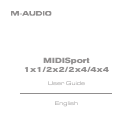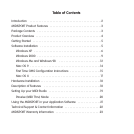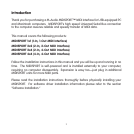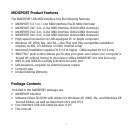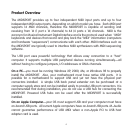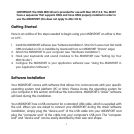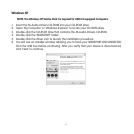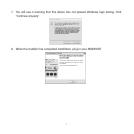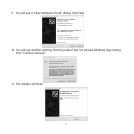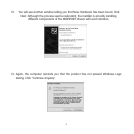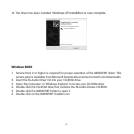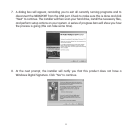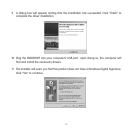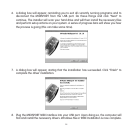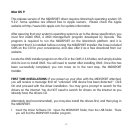
4
Product Overview
The MIDISPORT provides up to four independent MIDI input ports and up to four
independent MIDI output ports, depending on which model you have. Each MIDI port
supports 16 MIDI channels, therefore the MIDISPORT is capable of sending and
receiving from 16 (1 port x 16 channels) to 64 (4 ports x 16) channels. MIDI is the
acronym for Musical Instrument Digital Interface and is the protocol used when "MIDI"
keyboards and devices that record and play back the "MIDI" information (computers
and hardware "sequencers") communicate with each other. MIDI Interfaces such as
the MIDISPORT are typically used to interface MIDI synthesizers with MIDI sequencing
software.
The USB port uses powerful technology that allows easy connection to a "host"
computer. It supports multiple USB peripheral devices running simultaneously—all
without having to configure jumpers, I/O addresses or DMA channels.
On a PC—you must be running Windows XP, 2000, Me, or Windows 98 to properly
install the MIDISPORT. Also, your motherboard must have native USB ports. It is
possible for a motherboard to support USB and yet not have the physical port
connectors installed. A simple USB back panel extender can be purchased at a
computer supply store and can be installed easily to provide USB port connectors. It is
recommended that during installation, you do not use a USB hub for connecting the
MIDISPORT. Powered USB hubs can be used after the MIDISPORT is successfully
installed.
On an Apple Computer—your OS must support USB and your computer must have
on-board USB ports. All current Apple computers have on-board USB ports. M–Audio
cannot guarantee performance of USB MIDI when a non-Apple PCI to USB host
adapter card is used.



